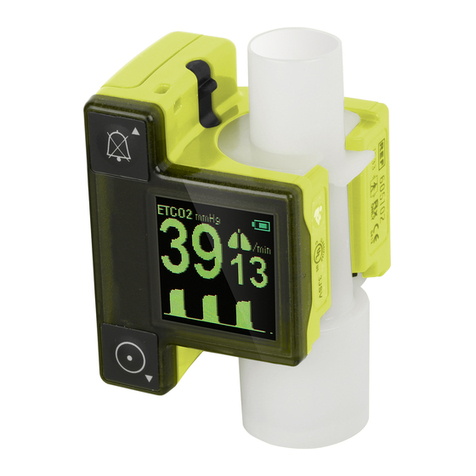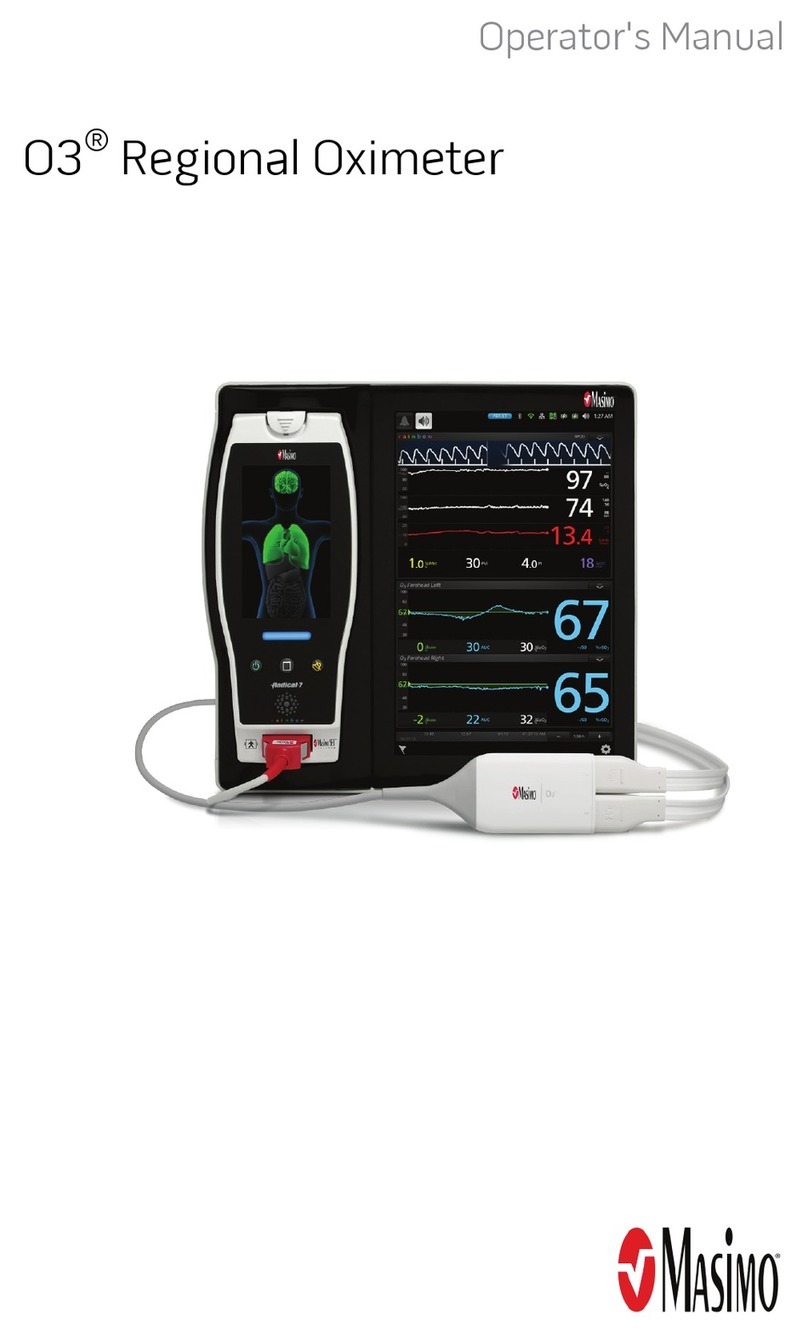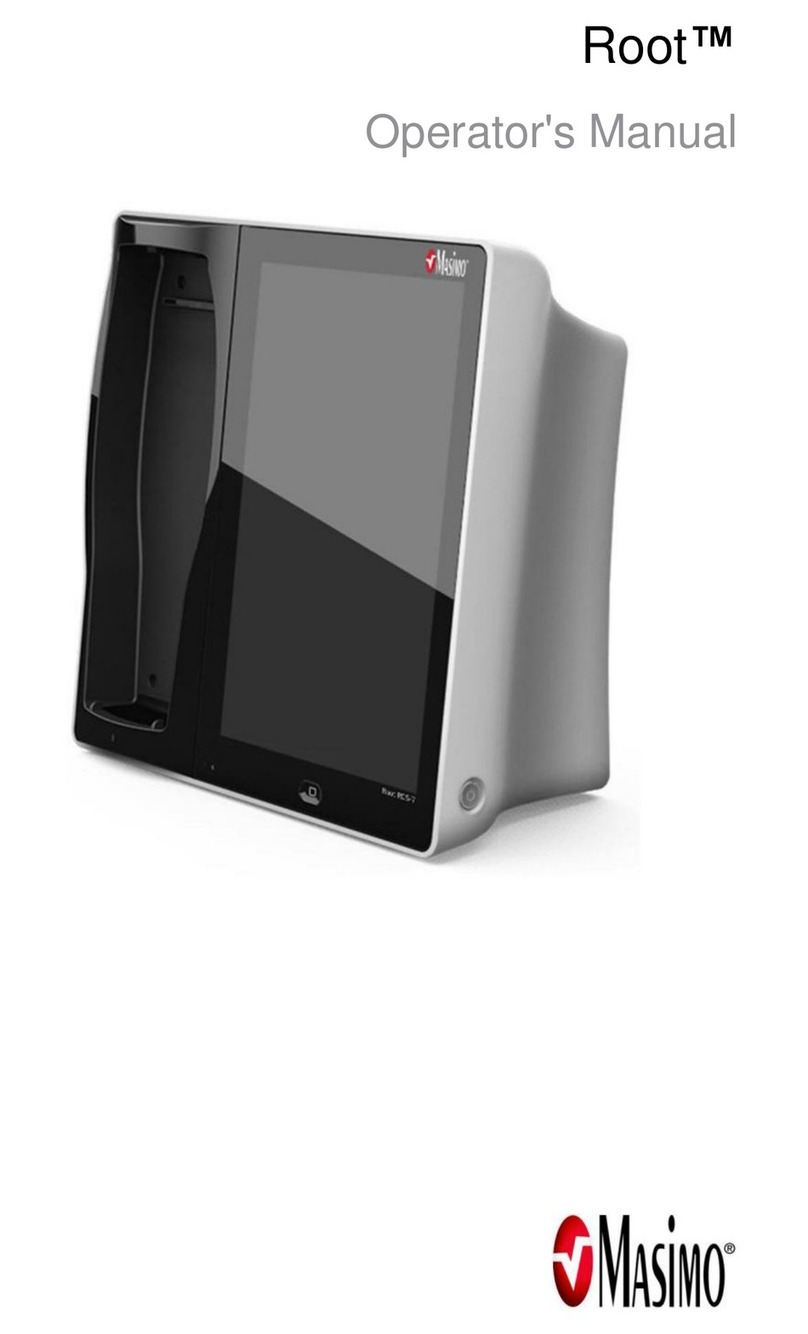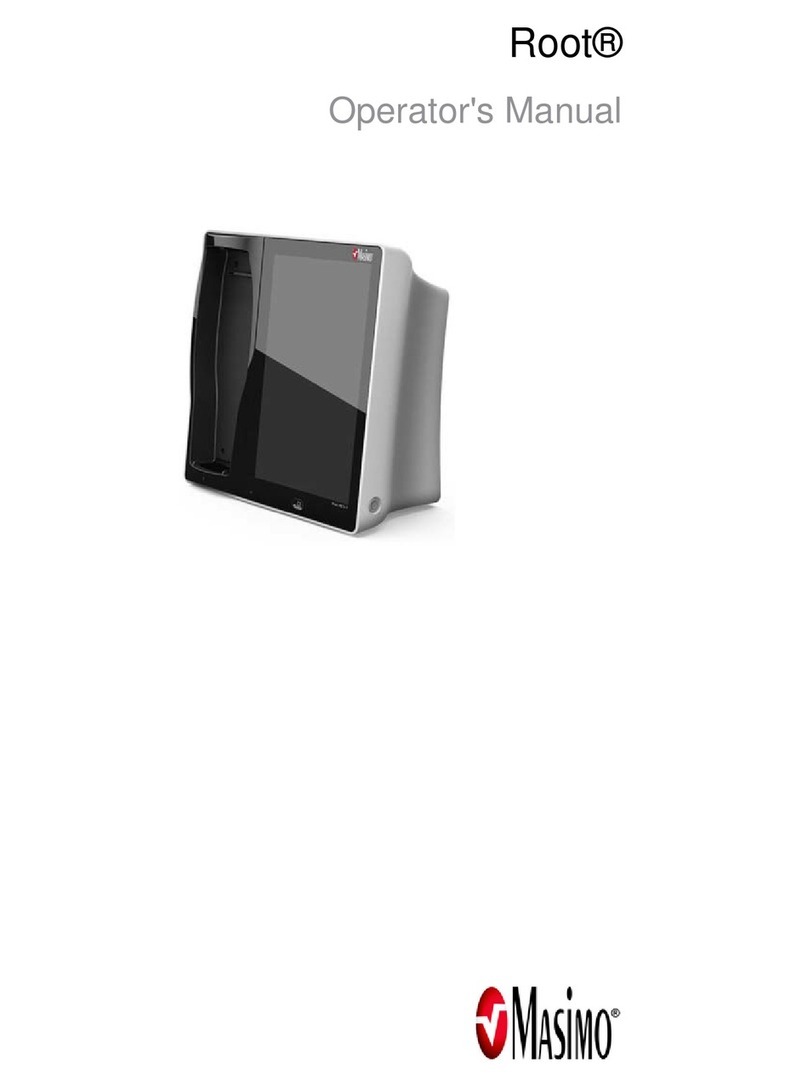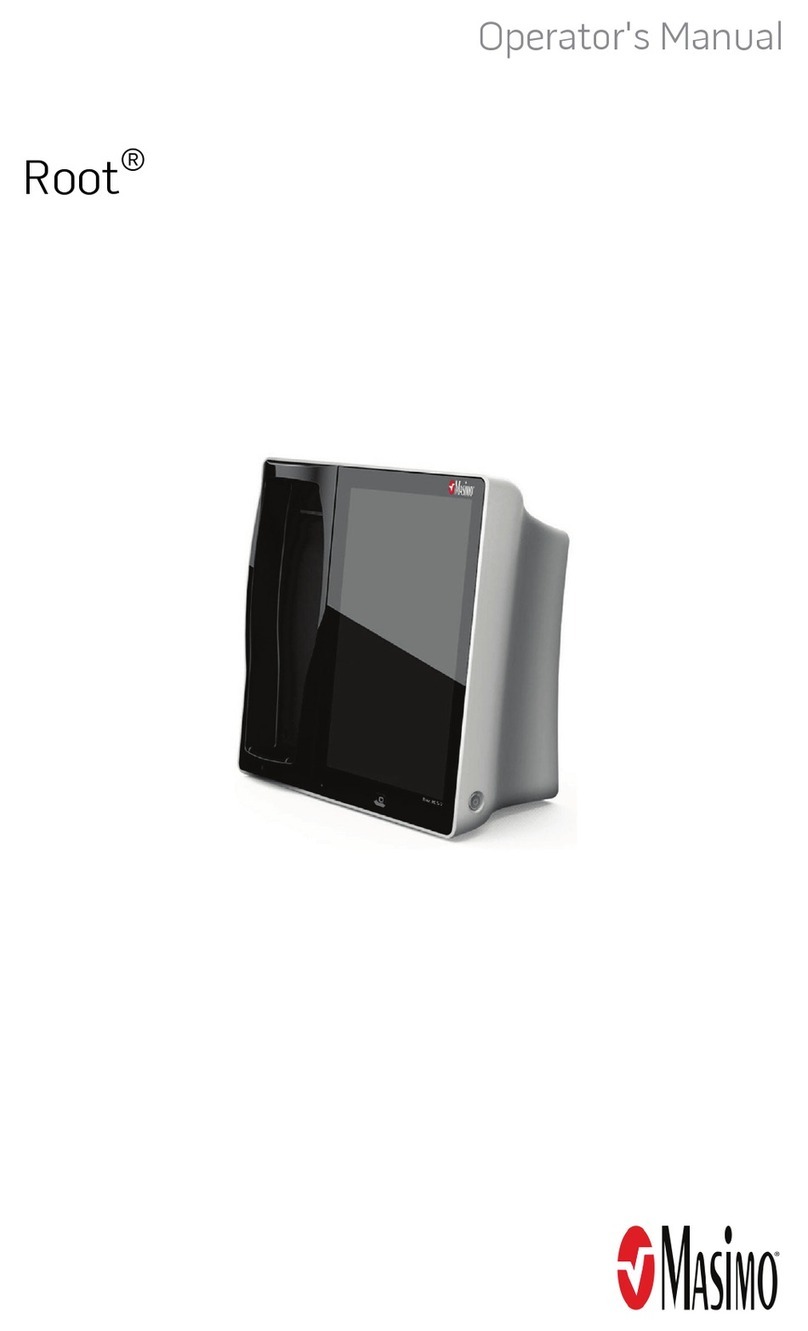
3
Contents
About This Manual ......................................................................................................................................................................5
Getting Started Guides........................................................................................................................................................5
In-App Videos........................................................................................................................................................................5
Glossary.................................................................................................................................................................................5
Preventing Opioid Overdoses (SAMHSA)............................................................................................................................7
Product Description .....................................................................................................................................................................9
Product Description..............................................................................................................................................................9
Who the Device is intended for (Indications for Use)....................................................................................................9
Who the Device Should not be used on (Contraindications)......................................................................................9
Safety Information..................................................................................................................................................................... 10
Safe Use Information........................................................................................................................................................ 10
Performance Warnings.................................................................................................................................................... 12
For Supervisors or Caregivers........................................................................................................................................ 13
Cleaning and Service ....................................................................................................................................................... 14
Radio Compliance ............................................................................................................................................................ 14
Risks and Benefits.................................................................................................................................................................... 15
Opioid Induced Respiratory Depression (OIRD)........................................................................................................ 15
Risks of Opioid Halo ......................................................................................................................................................... 16
Benefits of Opioid Halo..................................................................................................................................................... 16
Description.................................................................................................................................................................................. 17
Opioid Halo System.......................................................................................................................................................... 17
Features.............................................................................................................................................................................. 18
BasicSetup and Use............................................................................................................................................................... 21
Getting Started................................................................................................................................................................... 21

